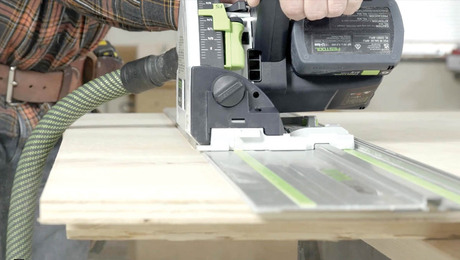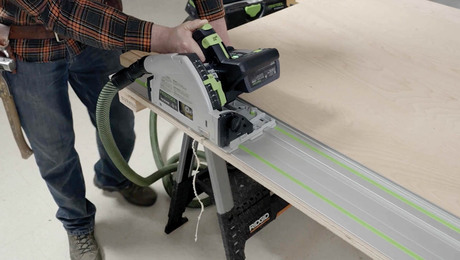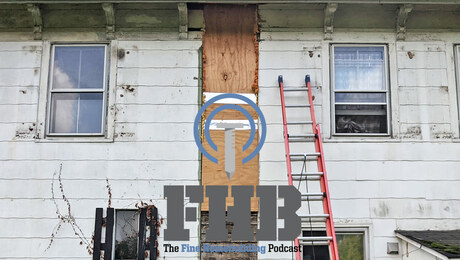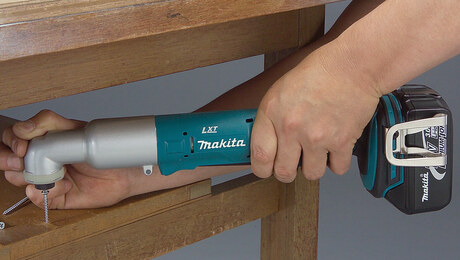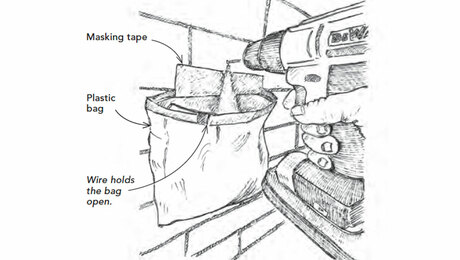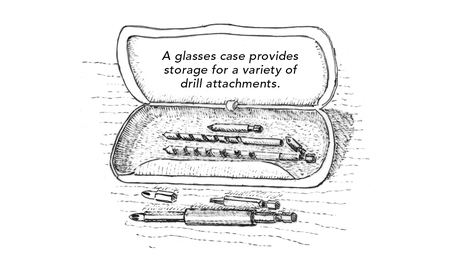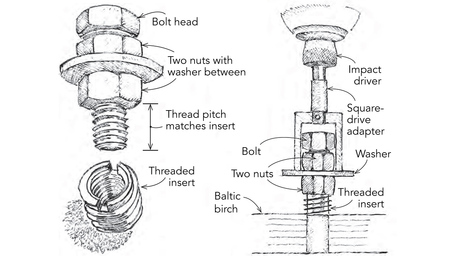The New Generation of 12-Volt Cordless Drills
They offer better balance, more power and longer battery life.

Synopsis: This tool survey compares the specifications, features, and performance of seventeen 12-volt cordless drills. Along with a sidebar discussing Nicad batteries and their proper maintenance, the author explores handle styles, ergonomics, clutches and speed controls, and accessories.
I’m not that old, but I have been around longer than cordless drills. Before nicad batteries, I had a Yankee push drill to simplify the tasks of drilling holes and driving screws, and I still have the scar on my left thumb from the time the push drill slipped off the screw head. I bought my first cordless drill in 1983, a 7.6v tool that could drive only 20 or 30 screws on a single charge. Nonetheless, it was a pleasure to install finish hardware so easily and so quickly.
When the 9.6v systems appeared, I upgraded reluctantly. The new tools seemed awkward and heavy, but I soon accepted those handicaps because battery technology had improved and because my spare had almost enough time to recharge before the battery in my drill got tired from too many hinge screws. Then my drill was stolen, and I bought a more powerful 12v drill. I should’ve shopped more carefully because I discovered that there are about a dozen companies making cordless drills up to 18v.
Pistol grip or mid handle grip?
Until recently, the familiar pistol grip was the only handle style available for cordless drills, and it’s still offered by most manufacturers. However, lots of companies have shifted their production toward midhandle, or T-handle, drills. Because the new higher-voltage cordless drills weigh more than their lower-voltage cousins, handle style is critical to your comfort, especially if you use your drill a lot every day.
According to the folks at Milwaukee, three out of five drill users prefer pistol-handle drills. But all of the workers I talked to while preparing this article prefer the midhandle tools over the pistol grip. The consensus is that a 12v pistol-grip drill requires a lot more effort to operate than a 12v midhandle drill. The nose-heavy weight of a pistol-grip drill steadily pulls your wrist forward and down, sort of like losing an arm-wrestling contest. With a midhandle drill, the weight is balanced over your hand and wrist, keeping both in natural positions.
Some companies argue that pistol-grip drills are superior to midhandle drills because they can be operated with one hand behind the barrel of the drill, putting your force in a direct line with the screw tip or drill bit. Freud and Metabo molded their pistol handles to put the hand behind the drill barrel, and the other pistol-grip models also can be gripped from behind.
When I drove long screws with a pistol-grip drill held with one hand from behind, I seemed to have slightly more control than I did with a midhandle drill, but my wrist and forearm had to absorb all of the torque. I had to add my other hand to keep the drill body from twisting as the resistance of the screw or drill bit increased.
For more photos and details, click the View PDF button below:
Fine Homebuilding Recommended Products
Fine Homebuilding receives a commission for items purchased through links on this site, including Amazon Associates and other affiliate advertising programs.
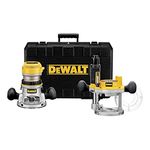
DEWALT 2 1⁄4-hp Router Combo Kit (DW618PK)

Code Check 10th Edition: An Illustrated Guide to Building a Safe House

The New Carbon Architecture: Building to Cool the Climate









